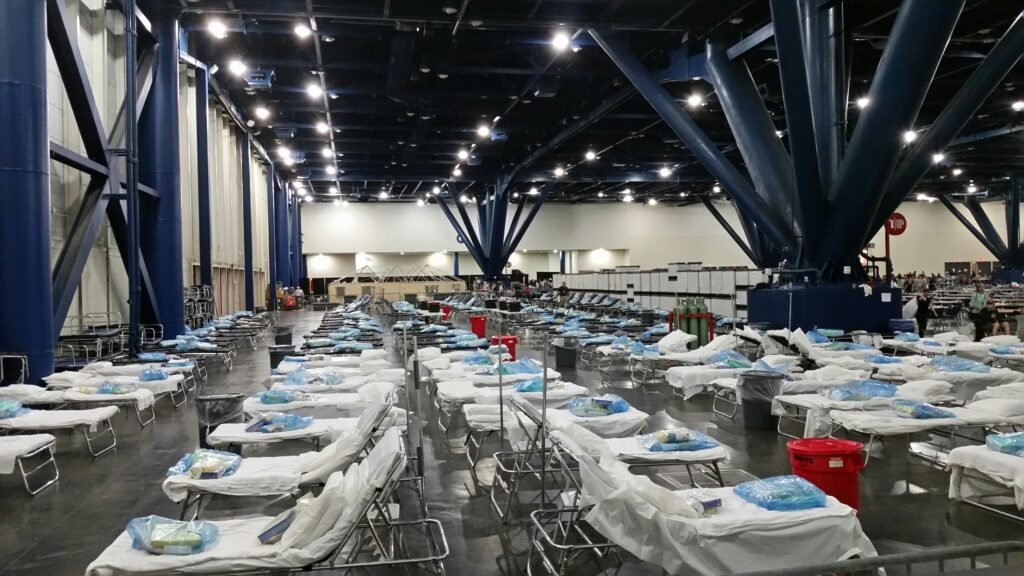🚑 Role of AI in Pandemic Response: 7 Critical Ways It Made a Life-Saving Impact
Understanding the role of AI in pandemic response is essential in a world where health crises can escalate rapidly. From COVID-19 to future threats, artificial intelligence is transforming how we detect, manage, and contain outbreaks.
At AiBlogQuest.com, we uncover 7 powerful ways AI became a frontline warrior in battling pandemics globally.
🧠 1. Outbreak Prediction and Early Warning Systems
AI monitors:
-
News reports
-
Social media trends
-
Unstructured health data in real time
BlueDot, an AI platform, flagged the COVID-19 outbreak 9 days before WHO issued a public alert.
🧪 2. Speeding Up Drug and Vaccine Development
AI models simulate:
-
Molecular structures
-
Drug interactions
-
Vaccine targets
Companies like Moderna used AI to accelerate mRNA vaccine development during the pandemic in under 42 days.
🏥 3. Resource Allocation and Hospital Management
AI systems helped:
-
Forecast hospital bed demand
-
Manage ventilator and oxygen supply
-
Optimize staff scheduling
Johns Hopkins AI dashboards guided resource allocation across health systems during COVID-19 peaks.
🧬 4. Diagnostic Assistance and Medical Imaging
AI-powered tools:
-
Detect infections from chest X-rays and CT scans
-
Analyze blood tests for signs of inflammation
-
Deliver instant risk scores
Tools like RADLogics and Qure.ai supported radiologists with faster COVID-19 diagnosis.
📲 5. Contact Tracing and Mobility Tracking
AI enhanced:
-
Real-time tracking of patient movement
-
Predictive analysis of infection hotspots
-
App-based exposure alerts
Apps like Aarogya Setu (India) and COVIDSafe (Australia) used AI algorithms for contact tracing.
💬 6. Fighting Misinformation with NLP
AI-based NLP models:
-
Filter misinformation on social media
-
Flag fake health news
-
Provide verified facts in real-time
Google’s BERT and Facebook’s AI moderation systems were deployed to tackle infodemics.
📊 7. Pandemic Modeling and Scenario Simulation
AI is used by governments to:
-
Simulate different lockdown strategies
-
Predict second and third waves
-
Assess vaccine rollout impact
The Institute for Health Metrics and Evaluation (IHME) used AI to model COVID-19 spread and policy outcomes.
🔗 Useful Links from AiBlogQuest.com
❓ FAQ: Role of AI in Pandemic Response
Q1. How did AI help during COVID-19?
AI was used to predict outbreaks, accelerate vaccine development, and optimize healthcare logistics globally.
Q2. What are the top AI tools used in pandemics?
BlueDot, DeepMind, RADLogics, Qure.ai, IHME models, and contact tracing apps were among the most impactful.
Q3. Can AI prevent future pandemics?
While AI can’t stop viruses from emerging, it can detect and contain them early, potentially preventing a global crisis.
Q4. How accurate was AI in pandemic prediction?
BlueDot and HealthMap predicted COVID-19’s emergence and spread days before global alerts, proving high accuracy.
Q5. Is AI still being used in public health today?
Yes. AI continues to support vaccine research, healthcare planning, and early detection systems for future threats.
🏁 Final Thoughts
The role of AI in pandemic response has been nothing short of life-saving. As we brace for future health emergencies, AI will remain a critical ally in saving lives, flattening curves, and rebuilding global resilience.
Stay informed with future-forward content at AiBlogQuest.com — where AI meets humanity.
🏷️ Tags:
role of AI in pandemic response, AI in COVID-19, pandemic prediction AI, ai public health tools, aiblogquest



